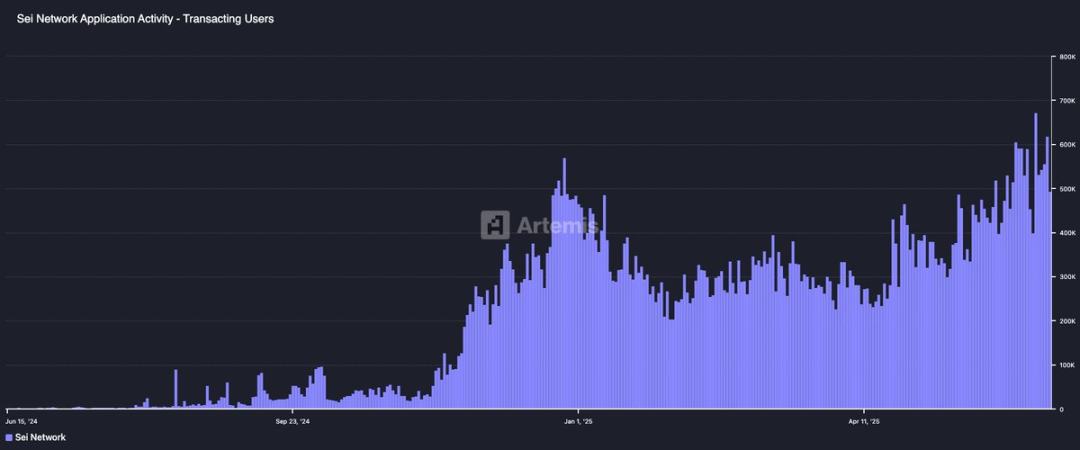Recently, we often hear a question: "Isn't the on-chain activity getting hotter? Why is it so quiet on Twitter?"
This question is quite representative because it reveals a common mindset in the Web3 community: we are too accustomed to using "noise" to judge "heat."
Twitter is like a continuous party, loud and full of discussions, appearing to be bustling. However, the few thousand people who are most active at the party do not truly represent the real ecosystem of Web3. The vast majority of actual users neither scroll through Twitter nor post, and many are even unaware that they are using blockchain technology.
They may not be vocal, but they are genuinely using it.
So, where are the real users?
Imagine a college student playing a blockchain game; he hasn't researched "on-chain assets," he just thinks the game is fun and can earn a little money.
Or, consider an ordinary user posting, liking, and claiming rewards on a social app, completely unaware that the underlying logic operates on-chain. For him, this is no different from using Xiaohongshu or Bilibili.
These people are mostly coming from Web2. They won't actively participate in the "narrative," nor will they support you on Twitter, but their actions are real, and the growth is solid.
It's not about "teaching users to use the chain," but rather "users not feeling the chain at all."
Take the game "Hotspring," which already had millions of users during the Web2 phase. After integrating blockchain, they didn't make a big announcement saying "we've transitioned to Web3," but instead allowed users to transition naturally, with no change in experience and no increase in barriers.
Another example is the social product "OverHerd." This project didn't rely on financing to create buzz, nor did it operate topics on Twitter, yet its activity has surpassed many "once-popular" Web3 social platforms, thanks to the product itself.
These projects share a common point: they are all based on Sei. Not because Sei has "high visibility," but because its performance and architecture can truly support these mass-oriented scenarios.
Sei itself does not emphasize "chain feel"; on the contrary, it does more to "hide the chain," providing developers and users with a smoother experience closer to Web2.

It's not about talking a lot, but using a lot.
Twitter can bring temporary exposure, but it's not a long-term solution. If Web3 wants to truly reach hundreds of millions of users, it cannot just speak within its small circle.
Web2-level entrepreneurs understand this. They care more about whether users enjoy using the product and whether it runs smoothly, rather than whether tweets are being retweeted. The products they create are designed for ordinary users to use without barriers, without requiring them to first take a "blockchain introductory course."
Sei precisely meets this need. It is not competing for discourse power but is helping products land. For this reason, it is becoming the infrastructure choice for more and more projects aimed at the general public.
If we talk about what the next wave of Web3 explosion will be, it is not the KOLs with the fastest follower growth, nor the storytellers with the best narratives, but those products that users are completely unaware are Web3, yet they use them every day.
This is exactly the direction Sei is promoting. True blockbuster products do not need to be shouted into existence.
免责声明:本文章仅代表作者个人观点,不代表本平台的立场和观点。本文章仅供信息分享,不构成对任何人的任何投资建议。用户与作者之间的任何争议,与本平台无关。如网页中刊载的文章或图片涉及侵权,请提供相关的权利证明和身份证明发送邮件到support@aicoin.com,本平台相关工作人员将会进行核查。




